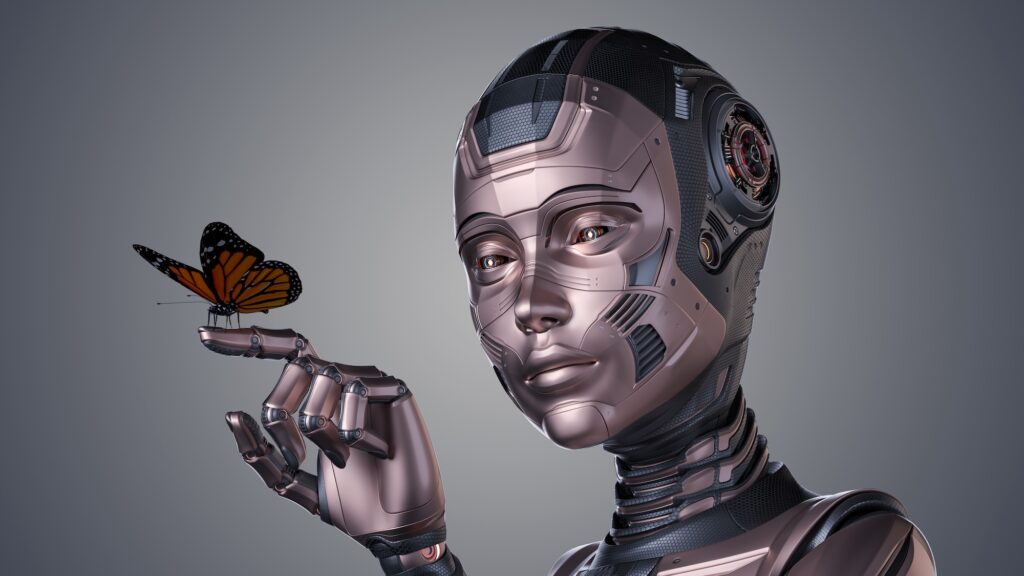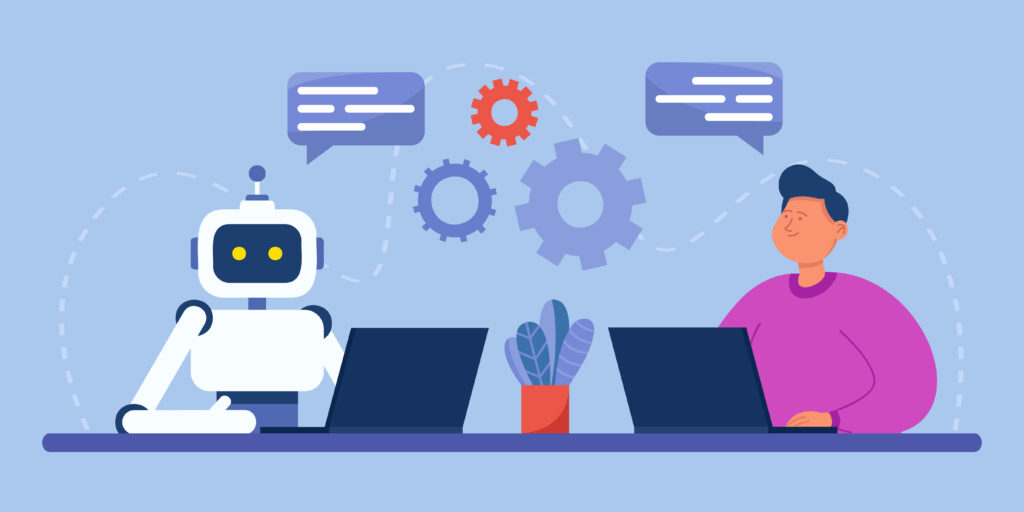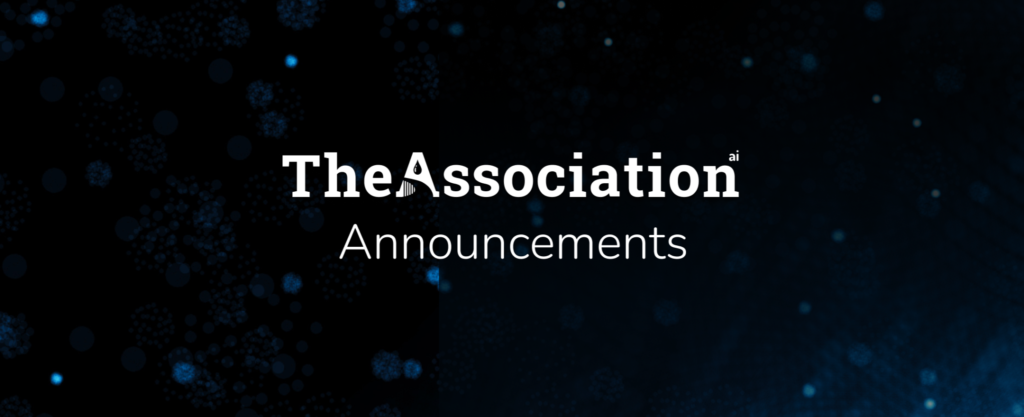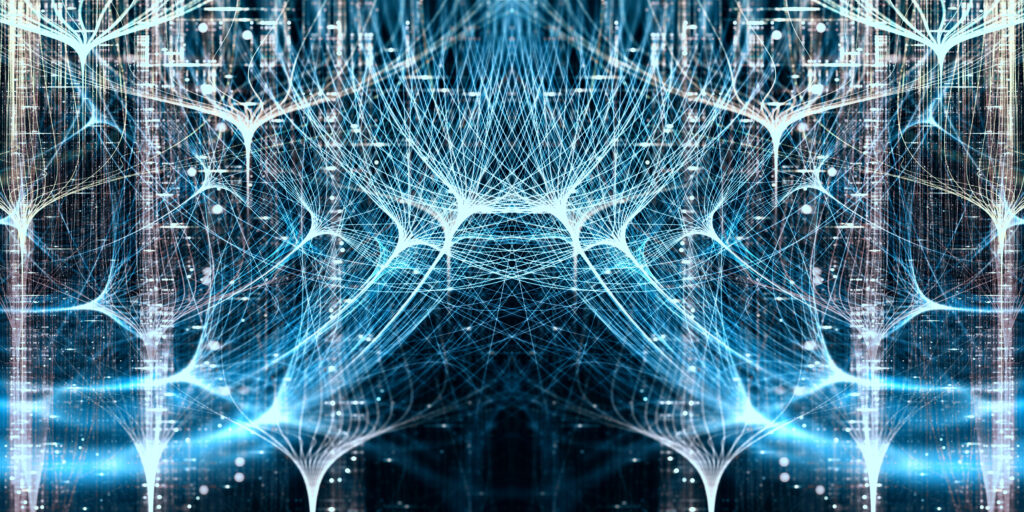
AI and Humanity: A Natural Connection
Popular opinions on AI and its relationship to humanity are often dramatically divisive. For many, AI evokes sci-fi-fueled fears of inhuman machines taking over our world like an alien species, beyond our comprehension and control, while skeptics on the other side of the aisle laugh away the hype as a passing fad, dismissing AI as an illusory flash in the pan that only deceives us with the mere appearance of intelligence in glittery new forms. These dueling reactionary narratives shape our collective understanding of AI, polarizing debate between conflicting extremes, as though humanity faces a dilemma between a dystopian future of robotic overlords or jaded smug disdain for just another empty sales pitch, bedazzled with illusion. Might we find a more plausible way to understand the nature of AI and its growing connections to our lives, to gain some perspective beyond imaginative fear of the unknown and the dismissive self-righteousness of human exceptionalism?
Let’s start with the word “artificial” itself and its ambiguity in English. We often take this word to mean that something isn’t really what it seems to be or ought to be, referring to things that are fake or deceptive in some way or other. But if this is the assumed meaning that ‘artificial’ carries when it comes to artificial intelligence, we are then automatically led to think of AI in ways that distance it from our own real intelligence, resulting in either the alienating view of AI as a deceptive inhuman form of intelligence, fundamentally different in kind from our own, or the chauvinistic dismissal of AI as an illusory projection of real intelligence, a seductive trick that appears intelligent but is really just faking it. Importantly, however, this is not the only way to think about the meaning of “artificial.” With some critical analysis of our language here, we can unlock ourselves from these views that automatically distance AI from our own intelligence in one way or another, just because it is “artificial.”
Used in a different and less loaded sense, the adjective “artificial” can simply describe the fact that something is the product of human effort and design, without carrying the implication that it is also thereby deceptive or fake. To consider one obvious example, when artificial insemination works as designed, the result is of course a real pregnancy, as intended, and not a deceptive or fake one. What makes it “artificial” is the fact that it is performed with technology we have intentionally designed for that purpose, and has nothing to do with being fake, illusory, or unreal. If someone thought that a pregnancy was fake because it was “artificial,” they would just simply be confused, bewitched by an equivocation between two different meanings of a word.
This meaning and usage of “artificial” takes us back to the shared origins that the word has with its linguistic cousins “art” and “artifact”, all referring to the intentional efforts and results of human skill and creativity. If we think of “artificial” in this sense, we can then also think of artificial things in connection with our humanity, as the real products of our own natural creativity and intelligence.
Now, when it comes to AI in particular, the product of our creativity and intelligence is itself also creativity and intelligence, but we shouldn’t let that trip us up here and make us think that the resulting intelligence we create through AI must be fundamentally different in kind than the natural real intelligence that we use to create it. That isn’t the point of calling it “artificial.” Instead, the point of calling the intelligence of AI “artificial” is simply the fact that we ourselves are designing and producing it, as an artifact of our own making, not that it is fake or illusory when compared back to our own natural intelligence. With this understood, we recover the fact that AI is connected to our humanity, by its very nature as a product of our own making, while avoiding the implication that it is thereby fake or illusory. We are no more entitled to think that AI is fake or illusory simply because it is artificial than we are to do the same with a birth achieved through artificial insemination, or an artificial heart pumping real blood in real time to keep a person alive.
With our analysis here, we can now see how popular narratives of fear and skepticism surrounding AI may simply be getting off on the wrong foot, with the misleading assumption that “artificial” intelligence must be illusory or fake in some way, as though it is different in kind from the real intelligence we are familiar with in our own minds. Instead of getting trapped into this way of thinking, we can better understand AI as the skilled technical art of crafting intelligence itself, applying our own natural ingenuity to replicate, extend, and augment the many real forms of intelligence we embody and create as thinking beings in the world.





